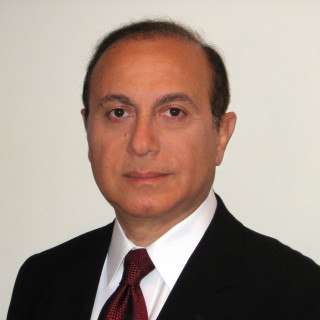I am a registered patent attorney and a member of the State Bar of California, with a practice focused on patent and trademark prosecution. I work closely with clients to protect and grow their intellectual property portfolios through strategic, high-quality patent and trademark filings. I pride myself on being highly responsive and approachable, and I am committed to helping clients navigate even the most complex challenges efficiently and effectively.
My practice includes drafting and prosecuting patent applications across a wide range of technologies, including software, electronics, telecommunications, semiconductors, Internet of Things (IoT), medical devices, smartphone applications, data encryption, blockchain, artificial intelligence (AI), cloud computing, virtualization, eCommerce, clean energy technologies, consumer electronics, image and signal processing, and mechanical systems. I prepare patent and trademark applications with an eye toward potential enforcement or litigation.
In addition to preparing original U.S. applications, I assist international clients in filing U.S. patent and trademark applications based on foreign filings, including under the PCT and Madrid Protocol. I also routinely prepare office action responses and appeal briefs before the USPTO, and I have experience with patent offices in numerous jurisdictions, including the Australia, Brazil, Canada, China, European Patent Office, India, Indonesia, Israel, Japan, Russia, Singapore, South Korea, and Taiwan.
Prior to practicing law, I worked in the aerospace, medical instrumentation, entertainment, and banking industries, holding roles in software and electronics design, development, and management. This industry background gives me a practical, real-world perspective when advising clients on their IP strategies.
My academic background includes a J.D. from Loyola Law School, Los Angeles; a Ph.D. in Computer Science from UCLA; and an M.S.E.E. from the University of Michigan, Ann Arbor.
- Loyola Law School, Los Angeles
- J.D. (1998) | Law
- -
-
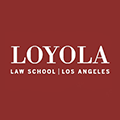
- University of California - Los Angeles
- Ph.D. (1987) | Computer Science
- -
-
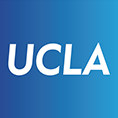
- University of Michigan - Ann Arbor
- M.S. (1978) | Electrical Engineering
- -
-
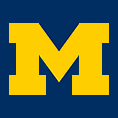
- Sharif University of Technology
- B.S. (1976) | Electrical Engineering
- -
-

- Patent and Trademark Attorney and Founder
- Makoui Law, PC
- - Current
- Patent and Trademark Attorney and Partner
- Adeli LLP
- -
- Senior Manager - ATM Development
- Citigroup
- -
- Intellectual Property & Patent Attorney
- Law Offices of Ali Makoui
- -
- Senior Technical Director
- Warner Music Group
- -
- Software Development Manager
- St. Jude Medical
- -
- Software Development Manager
- Teledyne Controls
- -
- ALI, A CSSL/Multiprocessor Software Interface
- Simulation Magazine
- Software Interface for Multiprocessor Simulation
- Computer Science Department, University of California
- Data Flow Methods for Dynamic System Simulation: A CSSL-IV Microcomputer Network Interface
- Proceedings of the 15th Annual Summer Computer Simulation Conference, Vancouver, Canada, pp. 376-382
- Closing Plenary Session, AIPLA Annual Meeting
- Patent Agents/Harmonization, AIPLA Annual Meeting
- Litigation - Electronic Discovery - Learn it, Love it, Live it!, AIPLA Annual Meeting
- Patent Trademark Copyright - Cybersecurity in the IP Landscape: Your Business's Future Depends on it!, AIPLA Annual Meeting
- Patent Law/Patent Litigation (Joint Session) - Ethics, AIPLA Annual Meeting
- American Intellectual Property Law Association (AIPLA)
- Member
- Current
-
- Institute of Electrical and Electronics Engineers (IEEE)
- Member
- Current
-

- Los Angeles Intellectual Property Law Association (LAIPLA)
- Member
- Current
-

- San Fernando Valley Bar Association
- Member
- Current
- Activities: Intellectual Property, Entertainment Law and Internet Law Section
-

- California Lawyers Association
- Member
- Current
-

- California
- State Bar of California
-
- U.S. Patent and Trademark Office
-

- Free Consultation
- Credit Cards Accepted
- Patents
- Patent Appeals, Patent Prosecution
- Trademarks
- Trademark Registration
- English: Spoken, Written
- Persian: Spoken, Written
- Q. Is there a means to obtain assistance to sale this patent for royalties / USAU.S. patent number 4,784,433
- A: Utility patent terms are 20 years from the filing date (plus any possible patent term adjustments). The U.S. patent 4,784,433, "Portable sunshade for infants in vehicles" has expired in 2008. Once a patent expires, it becomes a public property. Everyone can make it or use it without royalties.
This post is for public information and is not intended as legal advice. Nor does this post establish an attorney-client relationship.
- Q. Can I trademark my brand name and logo with USPTO
- A: There are several pitfalls in registering trademarks for CBD products. One factor is the type of products and services for which you want to register your mark. The 0.3% disclaimer usually overcomes the objections for smoking products. There are additional rules for edible and topical products.
The name of your company may also raise issues. Besides the usual concerns for whether the name is similar to an already registered mark, you need to be careful if you want to register your mark for a service such as an online store. If the mark includes any words or drawings that may be related to, or imply, a species of marijuana, you may end up getting a rejection for using a deceptive mark. ... Read More
- Q. Is it okay to use "Etched" as a brand name?
- A: Trademarks are used to identify the source of goods and services and may be rejected if they cause consumer confusion as to the source of those goods and services. Your trademark application may be rejected if it is confusingly similar to an existing mark for similar goods and services. Your mark does not need to be exactly spelled as the other mark in order to be rejected. For example, your mark may be misspelled but sound the same, a portion of the two marks may be the same, logos or drawings in the two marks may be confusingly similar, one mark may be translation of another mark, one mark may be a synonym of the other mark, etc.
Stationery supplies are typically in class 16. If you search ... Read More


